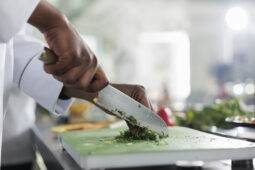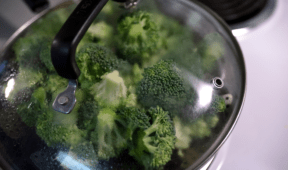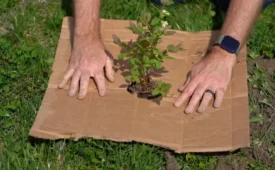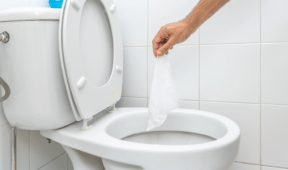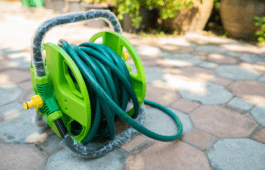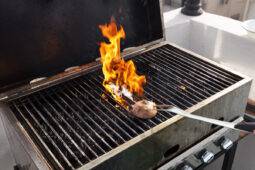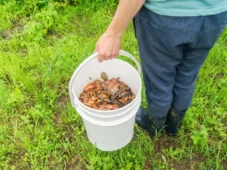7 Things You Should Never, Ever Pressure Wash
Pressure washers are powerful tools. They make cleaning large surfaces quick and easy, and the results are super satisfying, but that amount of force isn’t always a good thing. Some materials and areas are too fragile, too risky, or too sensitive for high-pressure water. Before you start spraying, make sure you know what should never go under that nozzle.
1. Living Plants and Gardens
It might seem harmless to spray dirt off your garden path or clean the fence near your flower beds, but pressure washing too close to plants can do real damage. The strong force can tear leaves, bruise stems, and even uproot smaller plants. It can also push soil away from roots or cause water to pool in places that encourage rot.
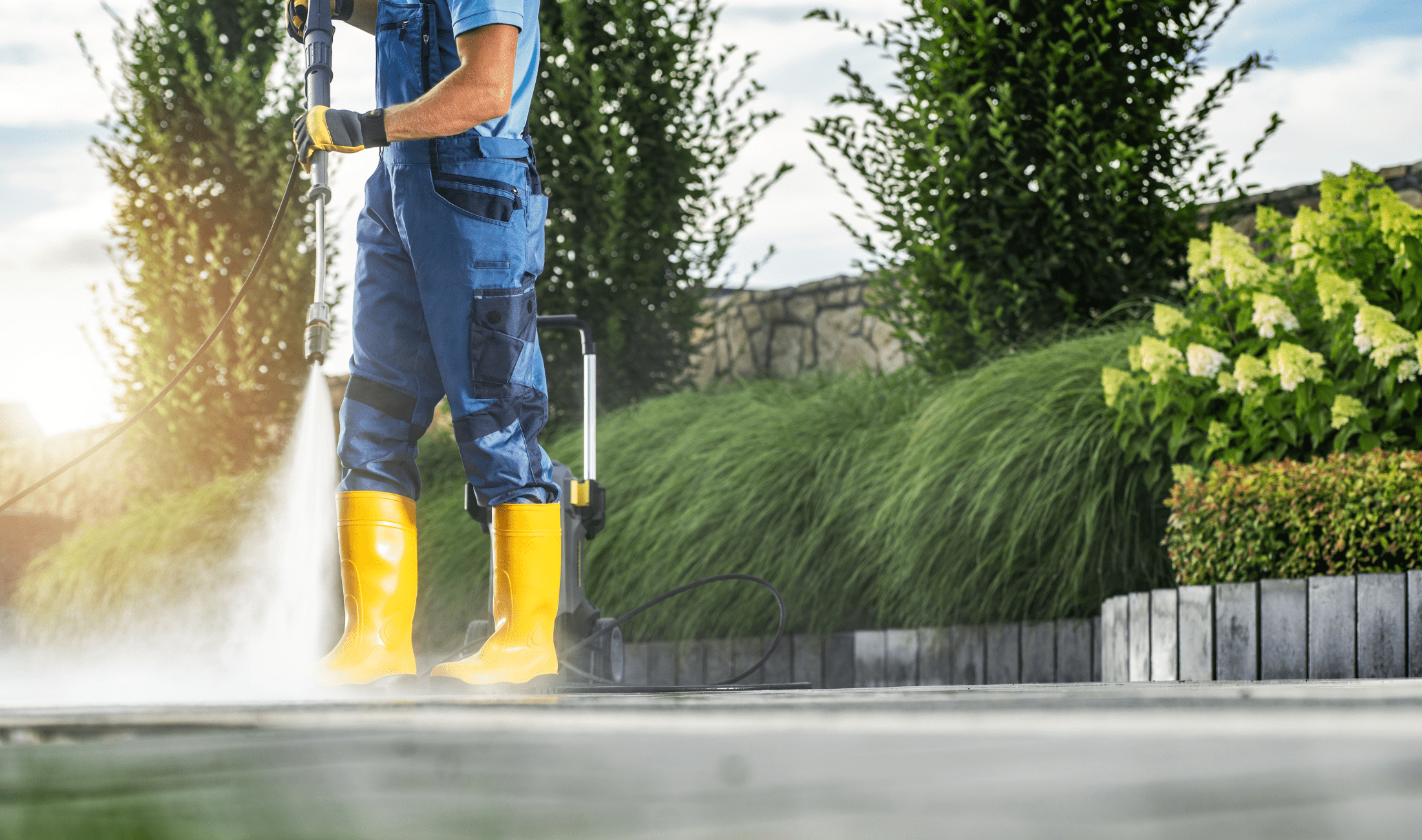
2. Asphalt Roof Shingles
While moss and stains might make your roof look messy, blasting them with high-pressure water can do more harm than good. Asphalt shingles have a protective grit that keeps your roof weather-resistant. Pressure washing strips that layer away, shortening the life of your roof and potentially even leading to leaks.
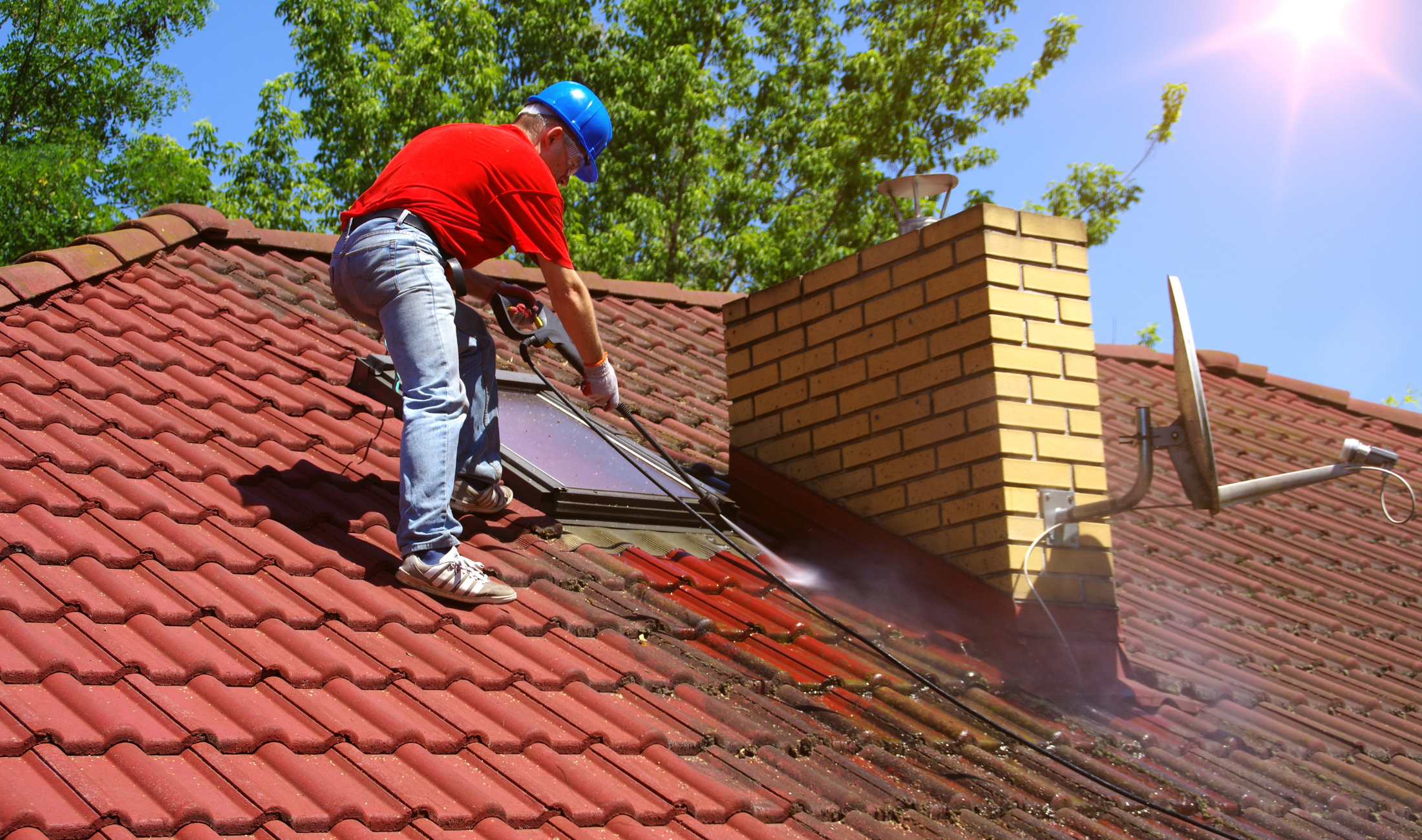
3. Air Conditioning Units
It might be tempting to clean off leaves and dirt from your outdoor A/C unit with a pressure washer, but doing so can bend or break the delicate fins that help it function. These metal parts are thin and easy to damage, which reduces airflow and forces your system to work harder. Use a garden hose on a low setting or a soft brush instead.

4. Stained or Painted Wood
Decks, fences, and siding often get a weathered look over time, but power washing them doesn’t always fix the problem. High pressure can strip away paint or stain unevenly, leaving behind a patchy mess. It can also gouge the wood, making it rough or splintered. If your goal is to refresh the surface, sanding or using a chemical stripper is more controlled.
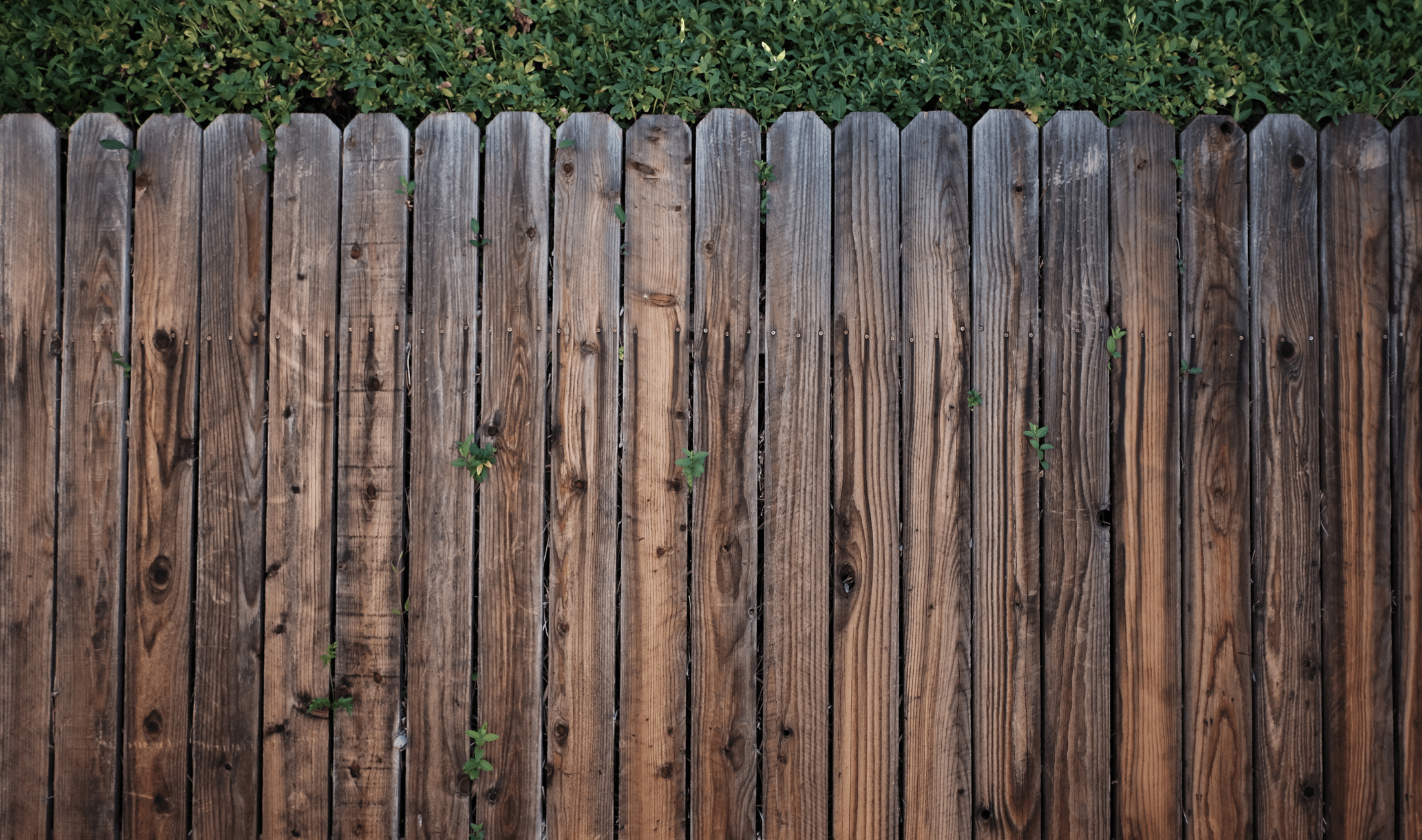
5. Old Brickwork or Mortar
Brick may seem durable, but older masonry can crumble under too much pressure. The force can break apart loose mortar or weaken the structure, especially in historic homes or chimneys. Once water gets behind the brick, mold and interior damage can follow. Preserving the material is much more important than making it look freshly scrubbed.

6. Windows and Window Screens
Glass might seem strong, but high-pressure water can still crack or even shatter it, especially if the glass is older or thin. Not to mention screens can tear instantly under pressure. Also, even sealed windows may allow water to sneak in around the edges, leading to mold or warped frames. Stick to gentle hand washing with a hose and sponge.
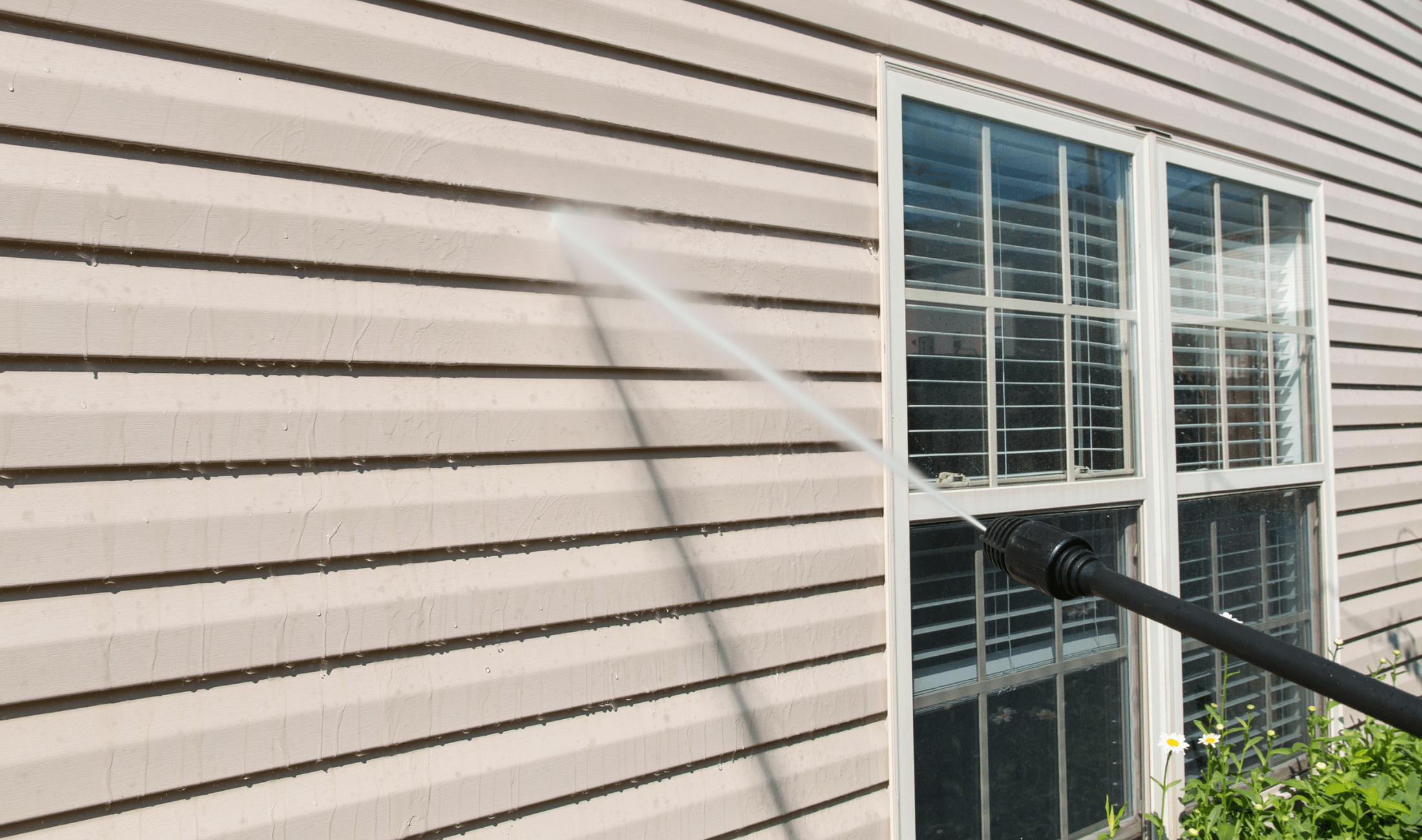
7. Vehicles and Bicycles
Cars and bikes may seem like perfect pressure-washing candidates, sturdy and able to withstand a lot of direct blasting, but the force can still strip off paint, damage seals, and even push water into places it shouldn’t go, like brake systems or bearings. Stick with a low-pressure nozzle or go to a proper car wash. For bikes, a bucket, sponge, and bike-safe degreaser are all you need to clean without damaging moving parts.
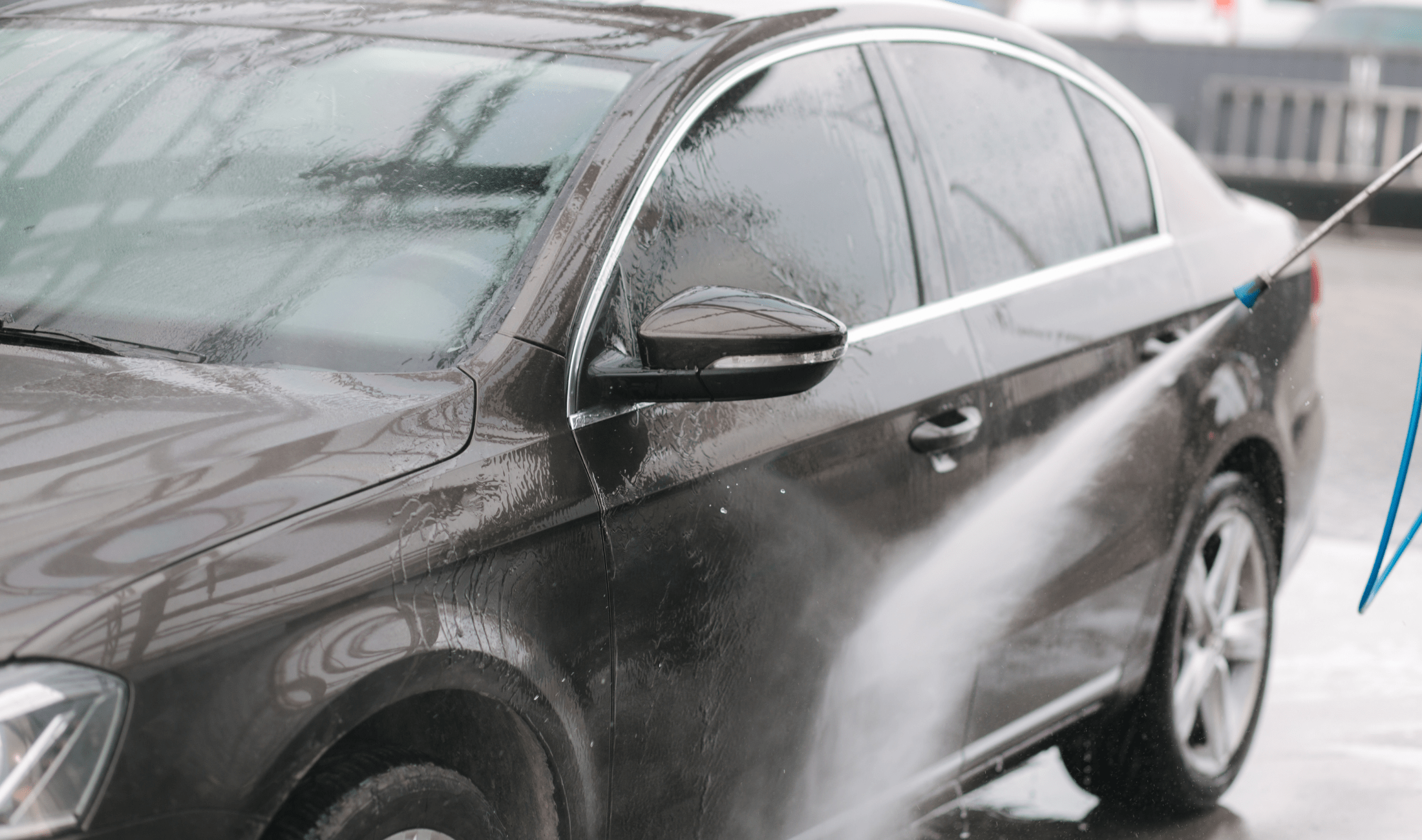
Related Articles
- A Beginner’s Guide To Pressure Washing
- 5 Underrated Cleaning Tricks You Should Use More
- A Comprehensive Guide for Window Air Conditioner Installation
Pressure washers are useful, but they’re not a one-size-fits-all cleaning solution. Every surface has its limits, and high-pressure water often pushes past them. Knowing what to avoid can save you from costly repairs and lasting damage. When in doubt, stick to gentle cleaning. Taking the cautious route might take a little more effort, but it protects your home, your tools, and your peace of mind in the long run.

